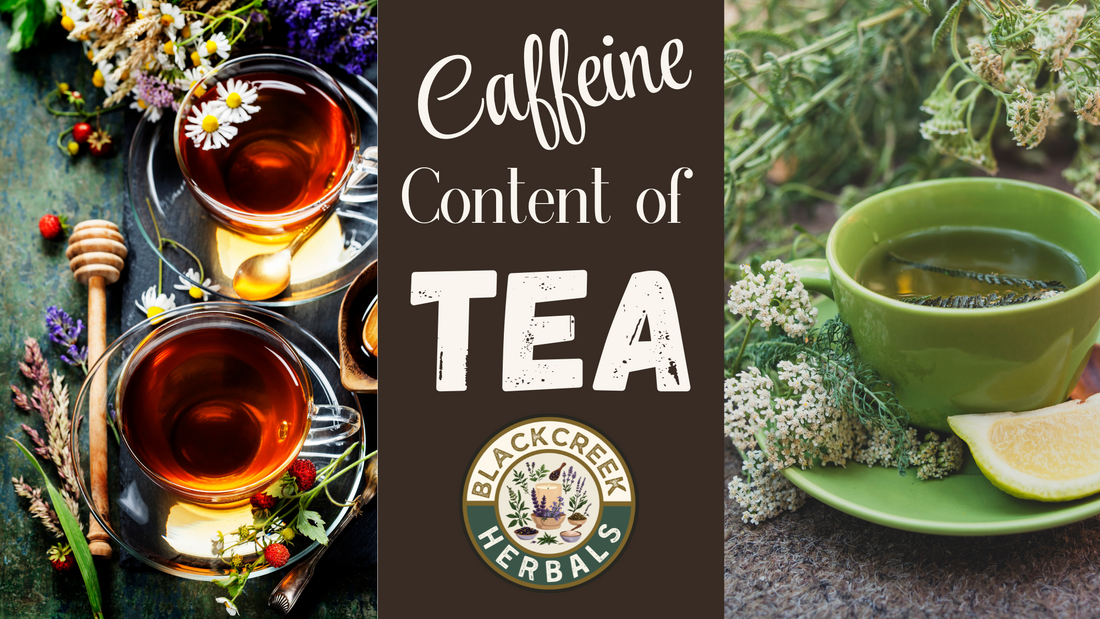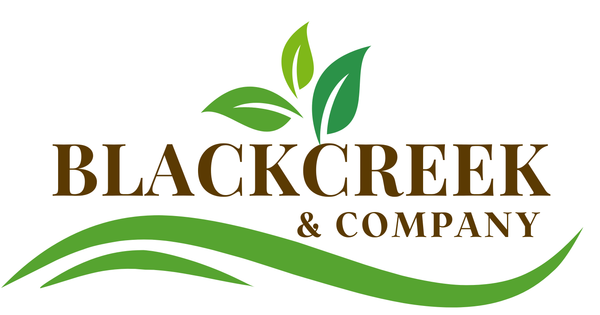
Caffeine Content of Green, Black, and Oolong Tea: What You Need to Know
Share

If you’re a tea lover curious about your caffeine intake, you’re not alone. While tea is generally lower in caffeine than coffee, the amount can vary depending on the type of tea and how it’s prepared. Let’s break down the differences between green, black, and oolong teas so you can sip with confidence.
🌿 Green Tea: Light & Mellow
Green tea is known for its fresh, grassy flavor and gentle lift. Because it's minimally processed, it retains more of its natural antioxidants, but less caffeine.
Caffeine content: 20–45 mg per 8-oz cup
Great for: a calm boost of focus without the jitters.
🌿 Black Tea: Bold & Energizing
Black tea undergoes full oxidation, which deepens its flavor and color. It also tends to have the most caffeine of the three.
Caffeine content: 40–70 mg per 8-oz cup
Great for: your morning cup or an afternoon pick-me-up.
🌿 Oolong Tea: Balanced & Complex
Oolong tea sits between green and black on the processing scale. Its flavor is rich and floral or toasty, depending on how it's made, and its caffeine level lands in the middle.
Caffeine content: 30–50 mg per 8-oz cup
Great for: when you want moderate energy without overdoing it.
🧠 Quick Summary:
| Tea Type | Caffeine (per 8 oz cup) |
|---|---|
| Green Tea | 20–45 mg |
| Oolong Tea | 30–50 mg |
| Black Tea | 40–70 mg |
💡 Final Thoughts
The caffeine content in tea can also vary by leaf grade, steeping time, and how much you use. If you're looking to cut back on caffeine, try shorter steep times—or explore caffeine-free herbal options like chamomile, peppermint, or rooibos.
Whether you're reaching for something light or a bit bolder, there's a tea to match your mood.
